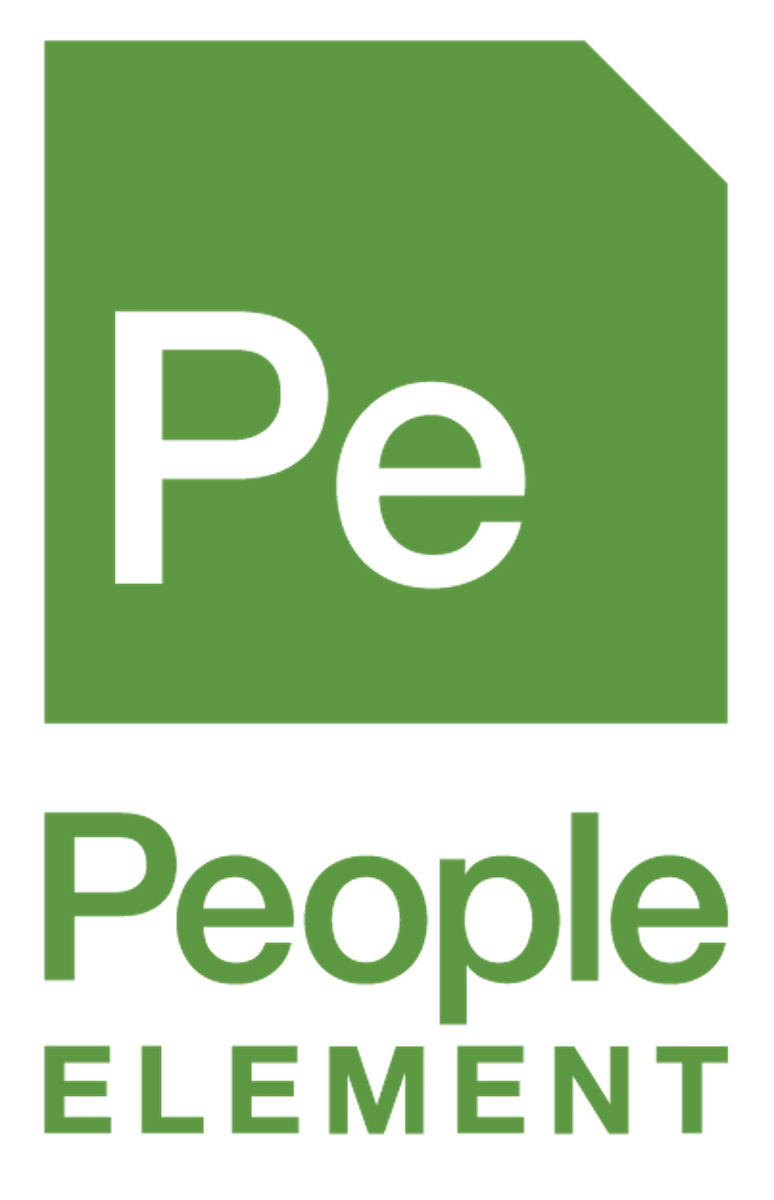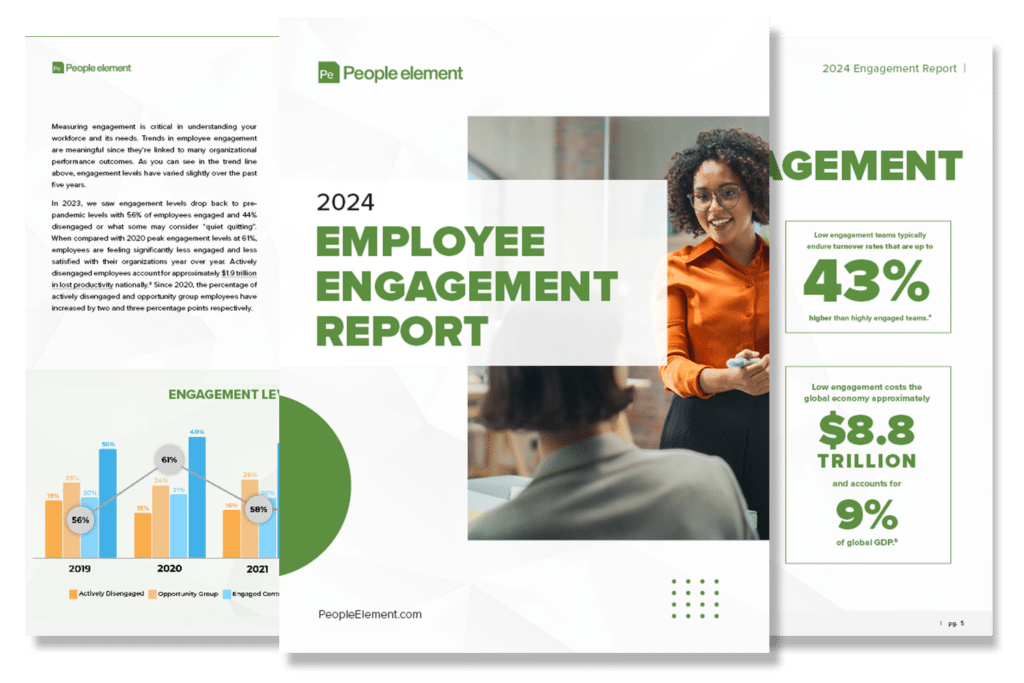What is Predictive Analytics in HR — And How Can It Help With Turnover?
Imagine having a crystal ball that saves you money while building a stronger workforce. That’s the power of predictive analytics. By analyzing past and present employee data, it helps you forecast future trends, shifting your HR approach from reactive to proactive. Ultimately, this leads to reduced nursing turnover and improved retention.
This kind of inside knowledge helps identify the best and most cost-effective recruiting channels while pinpointing employees at risk of flight so you can keep them engaged and reduce costly turnover. It also helps to predict high performers and tailor development programs to unlock their full potential, maximizing your return on investment in your people.
Optimize Candidate Screening
Predictive analytics can significantly improve HR’s candidate screening process, leading to significant cost savings. It starts with identifying the right talent faster. By analyzing data on past successful hires, predictive analytics can pinpoint the qualities and experiences that are strong indicators of future success in a particular role. By prioritizing candidates who are more likely to be a good fit, you save time and resources spent interviewing unqualified applicants.
Predictive Analytics also improves the quality of hires, helping you avoid costly mistakes that send you back to the resume pile. This leads to better long-term performance, lower turnover rates, and reduced onboarding costs. Lastly, by streamlining the entire process, predictive analytics ultimately fills positions more quickly, reducing time-to-hire and, you guessed it, increasing cost savings.
Using Predictive Analytics in HR to Address Nursing Turnover
It’s not surprising that high turnover rates pose a significant financial burden, but by just how much is staggering. Studies by SHRM indicate that replacing a registered nurse can cost upwards of $50,000! This cost encompasses factors beyond recruitment, including onboarding expenses, lost productivity due to understaffing, and the potential for decreased patient satisfaction. This financial strain underscores the importance of retaining experienced nurses who contribute not only their skills but also established patient relationships and knowledge of facility procedures.
Regular surveys play a critical role in providing nurses with a voice, allowing them the time and space to express honest feedback about their work environment, workload, and opportunities for growth. By proactively addressing these concerns, healthcare facilities can create a more positive work culture that fosters engagement and reduces the risk of losing valuable staff. This not only translates to cost savings but also contributes to a more stable and efficient work environment for everyone.
Prevent Staff Burnout
Nurse burnout is a major factor driving the current nursing shortage. A study by Managed Healthcare Executive highlights the link between demanding workloads, staffing issues, and emotional strain, leading to burnout and, ultimately, to nurses leaving the profession. This exodus of experienced nurses creates a vicious cycle, as remaining staff face even heavier workloads, further escalating burnout and turnover.
Addressing this burnout is crucial for stemming the nursing shortage. Predictive analytics can help identify nurses at risk of burnout by analyzing factors like work hours, patient-to-nurse ratios, and even sentiment analysis from internal communications. By intervening early and offering support through schedule adjustments, workload management, or mental health resources, facilities can create a more sustainable work environment, retain their valuable nursing staff and save on employee turnover.

Accurate Resource Allocation
In healthcare, accurate resource allocation is critical for delivering quality care while maintaining financial stability. In this area, predictive analytics can be a game-changer. By analyzing historical data on patient admissions, appointment scheduling, and staffing levels, it can forecast future resource demand. This allows hospitals and clinics to proactively allocate staff, equipment, and beds, ensuring they’re prepared for peaks in patient volume and avoiding situations where understaffing leads to inefficiencies or compromises patient care.
By optimizing resource allocation, healthcare facilities can reduce unnecessary overtime expenses and prevent costly gaps in staffing. Additionally, predictive analytics can help identify opportunities to streamline processes and reduce waste, further contributing to a more financially sound healthcare system.
Understand Nursing Sentiment in Your Hospital to Reduce Turnover
Recognizing the sentiment of your nursing staff is crucial for building a thriving healthcare environment, and studies consistently highlight the connection between positive employee sentiment and improved patient care. By understanding nurse satisfaction and morale through surveys and anonymous feedback analysis, hospitals can proactively address concerns and cultivate a work culture that fosters engagement and reduces burnout.
Learn how you can use employee surveys to turn employee insights into action that sparks meaningful change in your healthcare system.





